
Medieval Armour Roman Legionary's Roman Military Belt
The Roman military belt was known as the balteus until the third century AD when it began to be called the cingulum or cingulum militare. From the second century the term balteus was used to refer to the shoulder strap, or baldric, from which the sword was suspended.

Medieval Roman Legionary's Roman Military Belt Solid Brass
For us, we will use the term "cingulum" for the soldier's military belt and the term "balteus" for things such as a sword baldric. The cingulum is the traditional Roman soldier's military belt, whilst the balteus is an ordinary or common belt. The term "balteus" refers to the baldric-style belt used to carry a gladius, pugio, loculus, etc.

Activate the Belt of Truth Reflect Roman soldiers, Roman armor
The Roman military belt was the distinguishing symbolic object visually setting the soldier apart from civilian men in Roman society and marking him as milites even when not wearing arms and armour. It kept this important function even after the sword was carried on the baldric from the 2nd century onwards. During the 3rd century, belt fashions.

Roman Times Roman military belts Symbols of social status and Auctoritas
In Roman archaeology, the term mili-tary belt is regularly used for any belt decorated with elaborate metal mounts. In fact, these mounts are seen as distinguishing a common leather belt - which could have been worn by anybody - from a military belt worn only by soldiers.
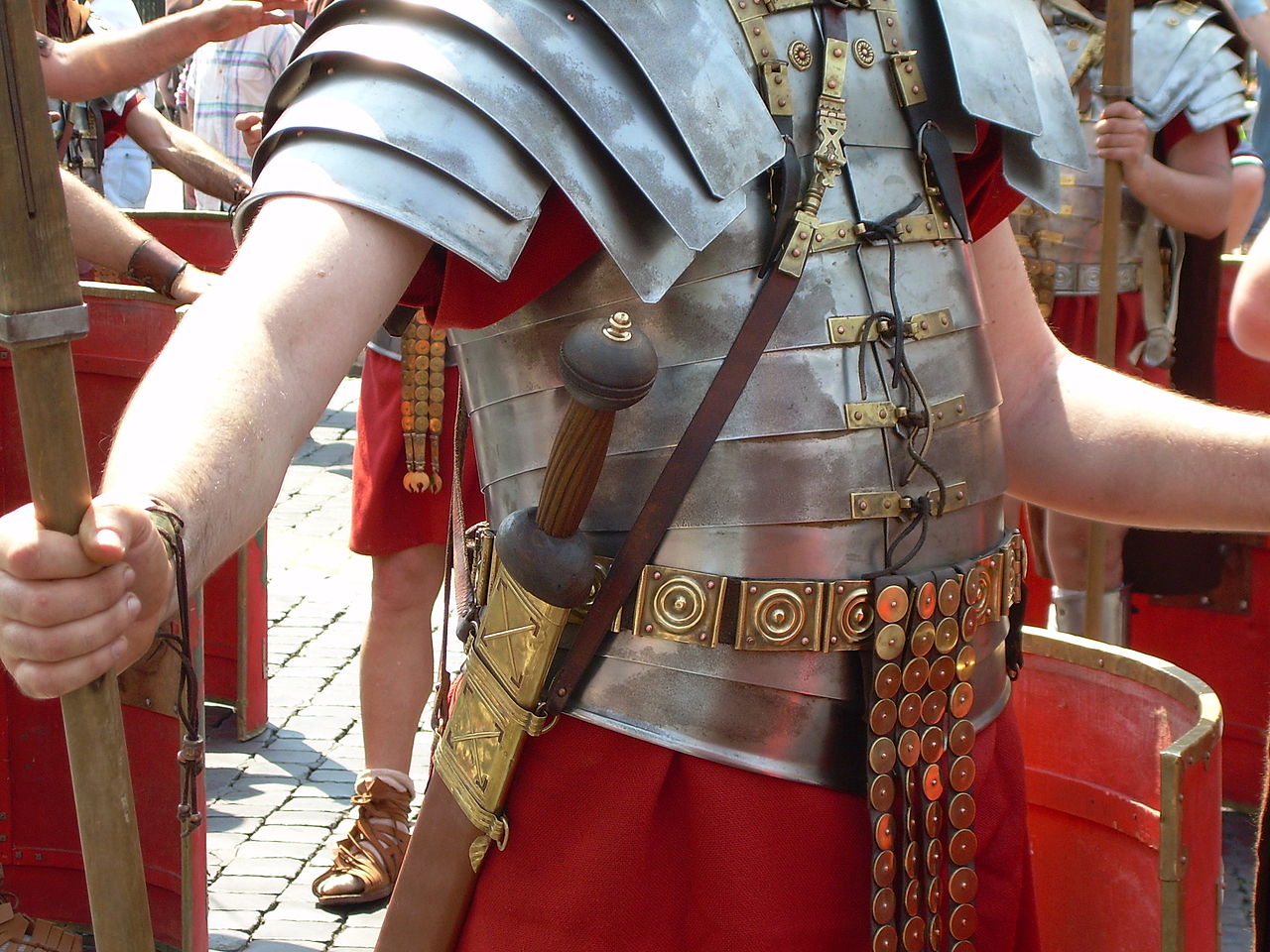
Roman Times Roman military belts Symbols of social status and Auctoritas
In Roman archaeology, the term military belt is often used for any belt decorated with elaborate metal mounts. But many finds of belt mounts are found without a military connection, e. g. in graves. How do we know if these are really military belts?
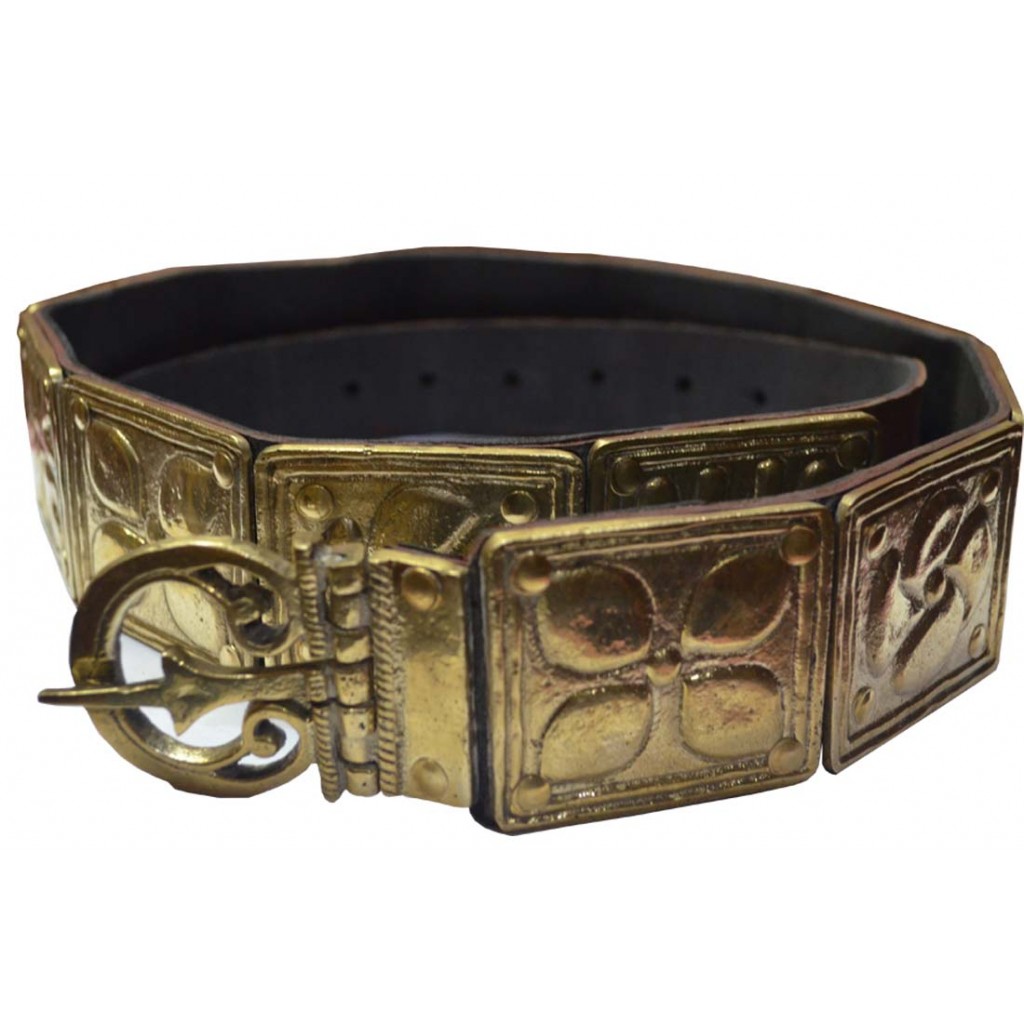
Medieval Roman Legionary's Roman Military Belt Solid Brass
This paper discusses the situation during the Russian Army retreat and the results caused by lack of communication. PDF | On Jan 1, 2011, S. Hoss published The roman military belt | Find, read and.

Medieval Roman Legionary's Roman Military Belt Solid Brass
Wikipedia information on the cingulum militare is sparse. It is clear that it had a decorative function and displayed rank. The metal elements and widespread use of something similar by the Greeks create the impression it may have offered some protection. Yet that is difficult to imagine.

Reconstruction of the balteus the belt of the Roman legionary of the
A cingulum militare was a piece of ancient Roman military equipment in the form of a belt decorated with metal fittings, which was worn as a badge of military status by soldiers and officials. Many examples were made in the Roman province of Pannonia. [1] The belt was composed of the following parts:

Importance of belts in Roman army « IMPERIUM ROMANUM
"The military belt of the Roman soldier can therefore be defined as a symbolic object, both an article of clothing and a piece of military equipment, setting the soldier apart from civilian men and marking him as a "miles." Hoss tells us the belt was decorated with "elaborate buckles, metal plates, strap-ends and other attachments, which made.

Roman Military Belt Roman Legionary Belt Centurion Genuine Leather
The Roman Military Belt Stefanie Hoss In: Nosch, M.-L. (ed), Wearing the Cloak. Dressing the Soldier in Roman Times. Ancient Textiles Series vol. 10, Oxford (DressID). how do you recognize a Roman soldier for what he is - when he's on the street, alone and without his weapons and armour?
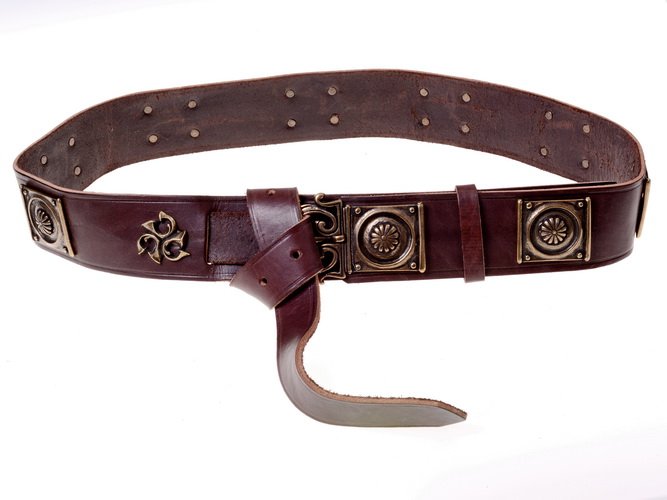
Early Roman Period 5cm Wide Military Belt with Additional Plates
" The cingulum is the traditional Roman soldier's military belt. The term "cingulum" can also refer to the baldric-style belt used to carry a gladius, pugio, loculus, etc. When you think of the Roman soldier, one of the things you think of, is the dangling straps ( called baltea) hanging at he front of his belt. The Mark of a Soldier
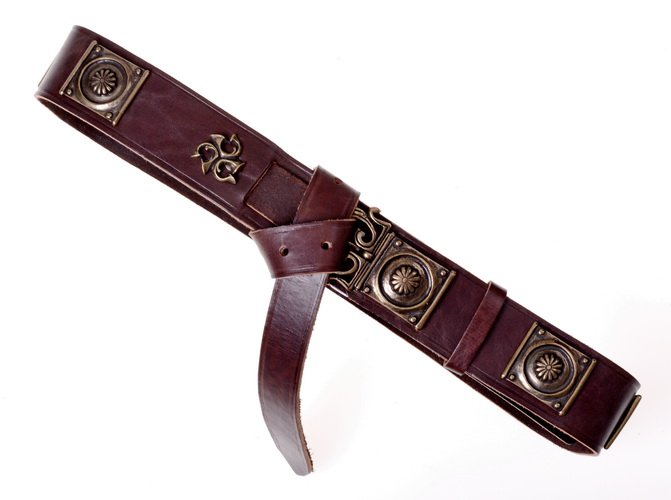
Early Roman Period 5cm Wide Military Belt with Additional Plates
The Roman soldier's belt is primarily ornamental signified rank of officers and soldiers was called a Cingulum Militaire. The belt was comprised of a studded leather belt with varying numbers of hanging leather strips that were sometimes heavily decorated metal discs and rings. This particular example is based off one design that was popular.
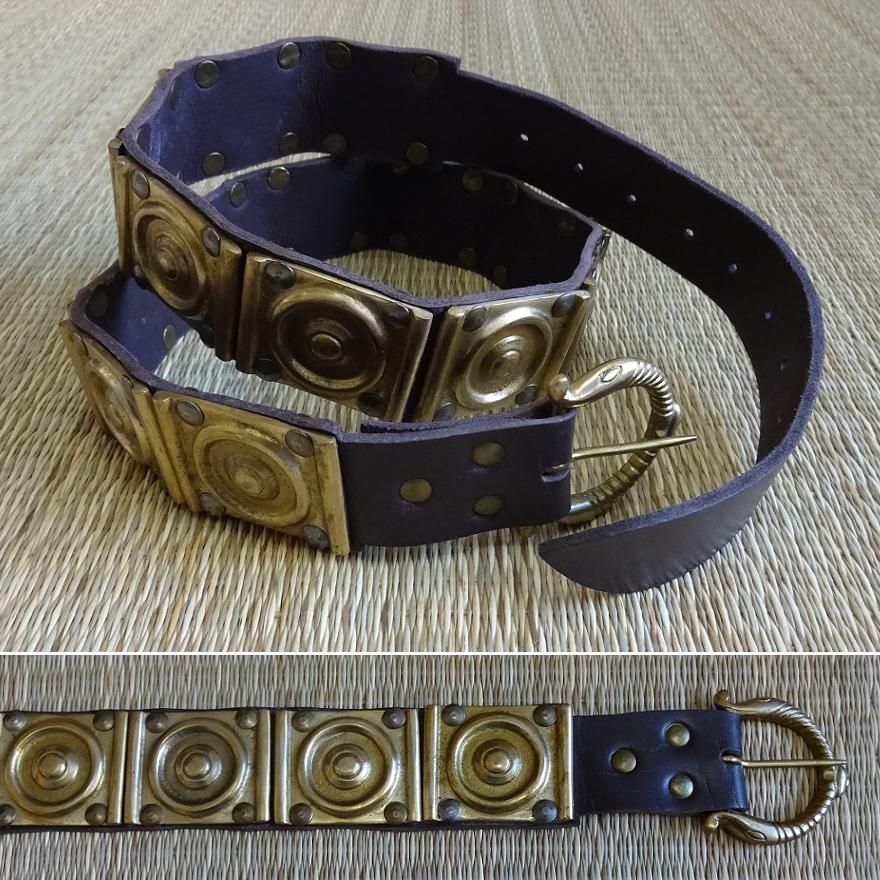
Roman Military Belt
Blog Cingulum or balteus? How did the Roman legionary carry his sword? Nowadays, " cingulum " defines a wide belt from which the gladius hanged on the side of the owner, while " balteus " is used to define a baldric used to hang the sword to one the shoulders, crossing the soldier's chest.
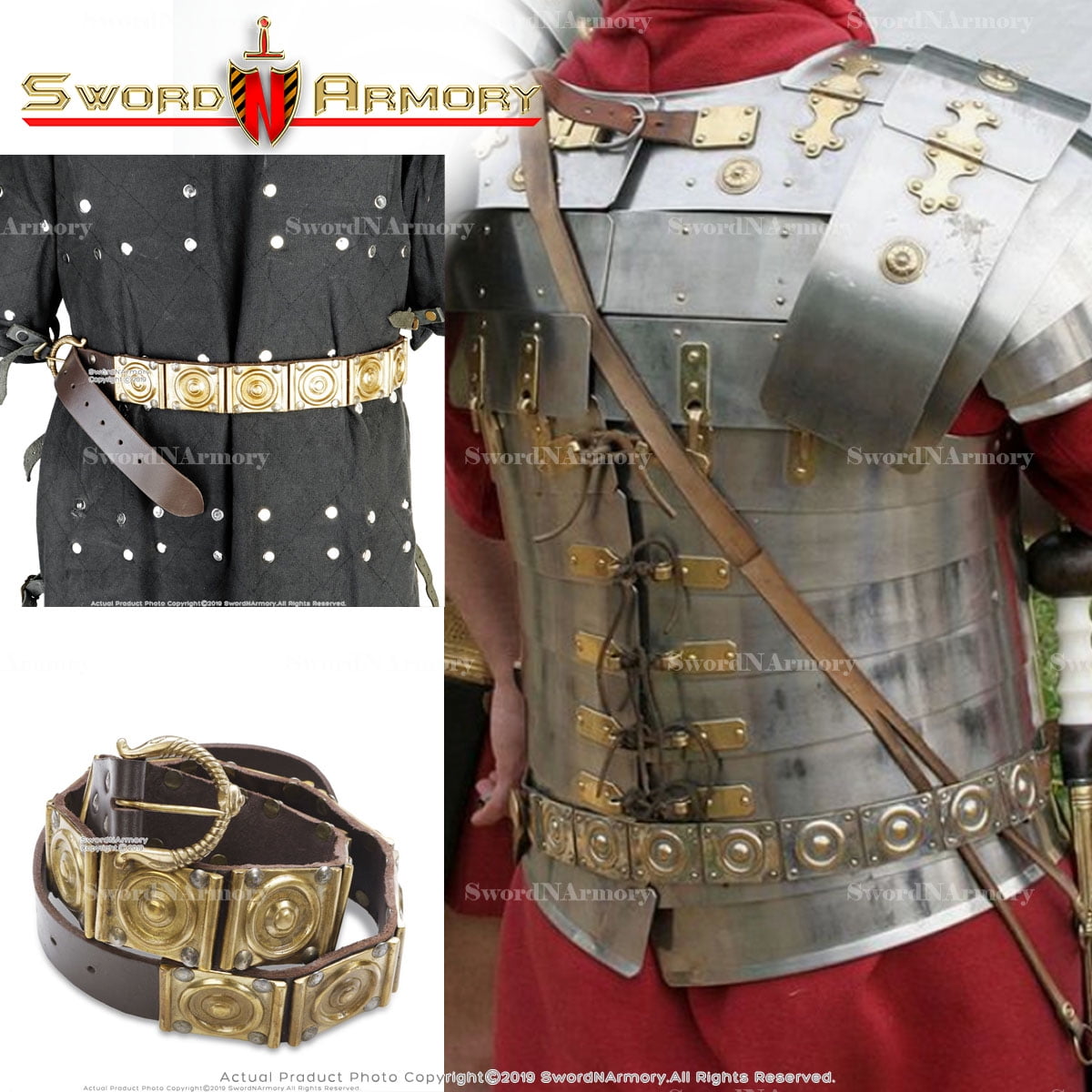
Roman Military Soldier Legionary Leather Belt Centurion Genuine Brass
Here is a list of the top 10 ancient Roman pieces of armor and costumes: Contents show. 10. Belts. The ancient Romans called this belt the balteus. A typical military belt was worn over the shoulder and reached down to the opposite hip. The Roman legions typically used the balteus to hang their sword or any other relevant piece of military.

Medieval Roman Legion Centurion Leather Belt Armor Etsy
Looking for Armor Roman Belt? We have almost everything on eBay. No matter what you love, you'll find it here. Search Armor Roman Belt and more.

Roman Military Belt Roman Legionary Belt Centurion Genuine Leather
Below a first - second century AD soldier`s belt, the cingulum , to carry the dagger ( pugio ). The short sword ( gladius ) was usually carried using a thin leather belt over the shoulder, the so-called balteus . See also in the reconstruction section for examples. Drawings from Roman Military Equipment by Bishop & Coulston, Edition 2, 2006.